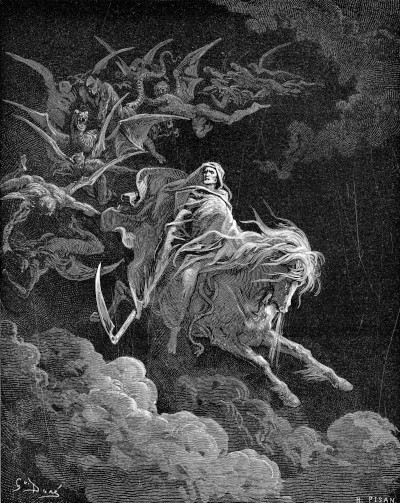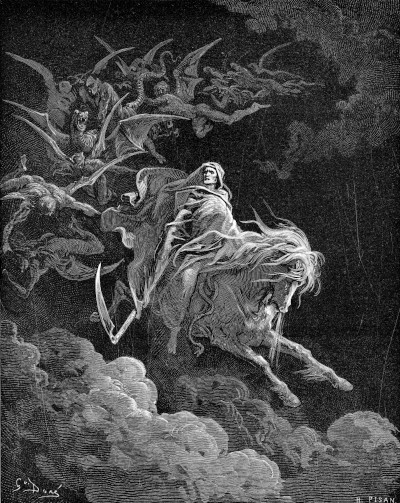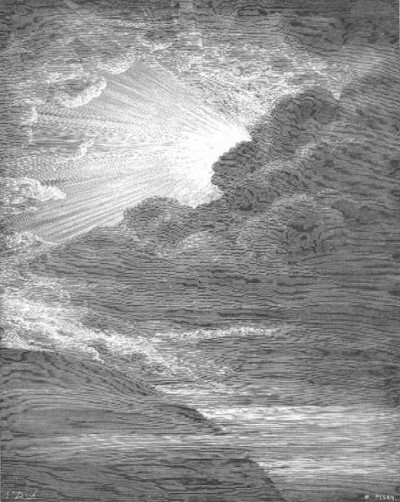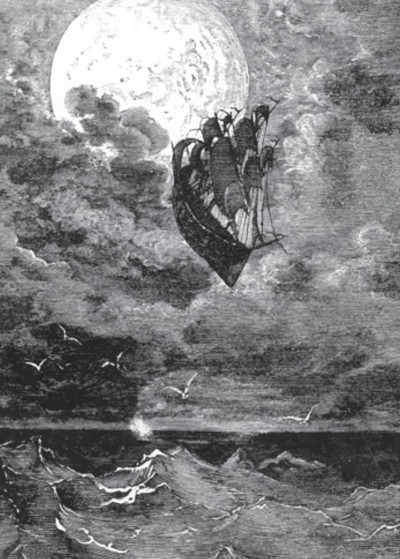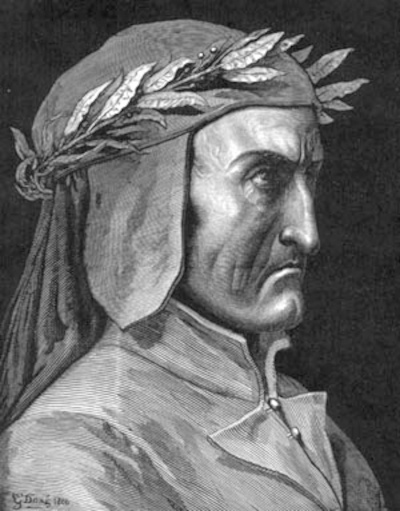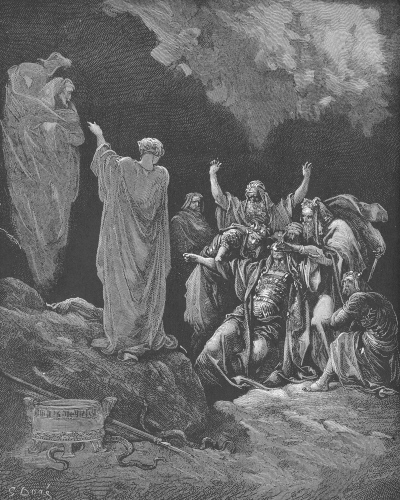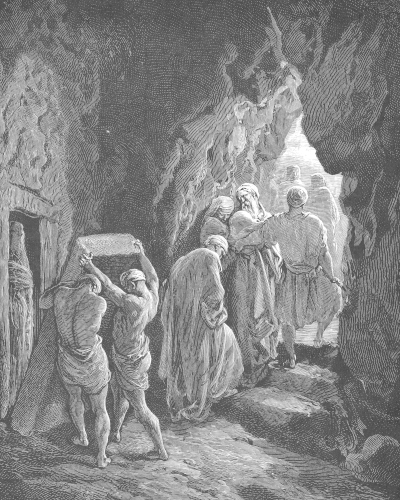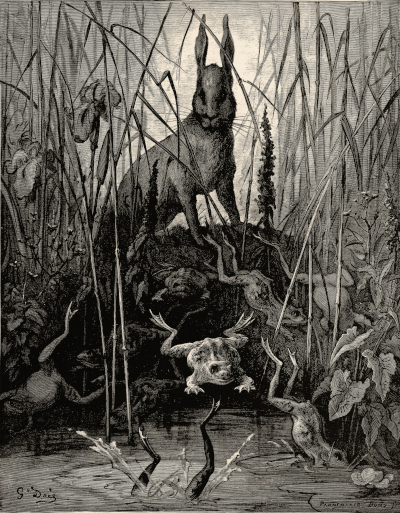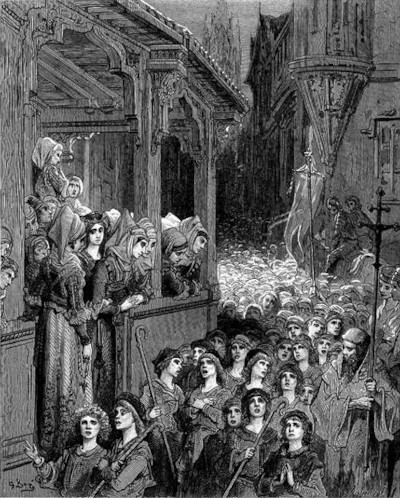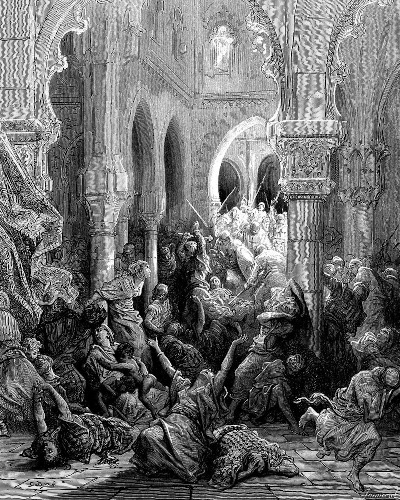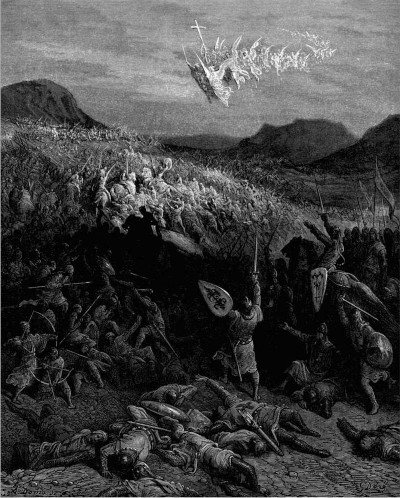Engraving was an essential part of the book illustration process in the 19th century but Gustave Doré would pass this task over to a large team of wood cutters. He would have around 40 assistants in his studio performing this task alone.
For all his work in different mediums, Doré was essentially a highly skilled and imaginative illustrator. In order to profit from these talents he would need to work alongside major publishers of that period, providing visual support to their new releases. His style involved extraordinary levels of detail within each and every illustration and some of the larger projects would require hundreds of drawings. He would therefore need engravers to transport these creations into a form that could produce the printed pages. This sub-contracting of tasks also allowed him to focus entirely on his illustrations for these projects, with a number of leading engravers given the responsibility of overseeing the overall production. Some of those who ruled over his assistants would become household names within their own right, partly aided by the opportunity to sign the engravings with their own signature and take a small part of the glory themselves.
Some of the projects that came out of the Doré studio would become famous even amongst the general public, with many in France and the UK owning a copy of the new edition of the Bible, which ranks as one of his finest creations. More and more people could now read and write, bringing a much bigger audience to these various publishers, allowing them to pay the artist more, which in turn allowed him to expand his team of woodcutters and even take on more work. In the early years of his career he would work in the lithographic process, but as print runs became much larger, this would simply not be sustainable. Personally, he was more interested in handing over those tasks to others, in any case, and also wanted to spend more time in other mediums such as painting and sculpture. Without the formal training that one might have expected him to have, he would need to learn much on the job, meaning more time was needed when taking on new mediums such as these. At that time, French art was fairly rigid in the path by which one might become a professional artist, and Doré needed some extraordinary natural talent in order to gain acceptance for his own work.
Famous Engravers who worked with Gustave Doré
Although the engravers who worked alongside Gustave Doré have not been documented as much as we might have wished, the mere fact that a number of them would sign their engravings has helped us to piece together a little more about this process. Héliodore Pisan, for example, can be found many times within the career of Doré, with his signature visible on the likes of The Vision of Death which was produced for The Bible series. Pisan was around ten years the senior of Doré but quickly realised that he would have to treat the illustrator with considerable respect because of the potential amount of work that might come his way if they could develop a fruitful relationship. He specialised in wood engraving, but was also a painter of some note. The other lead engraver with whom this French illustrator would work many times over was François Pannemaker. Even less is known about his life and career, other than that he was about the same age as his engraving colleague.



